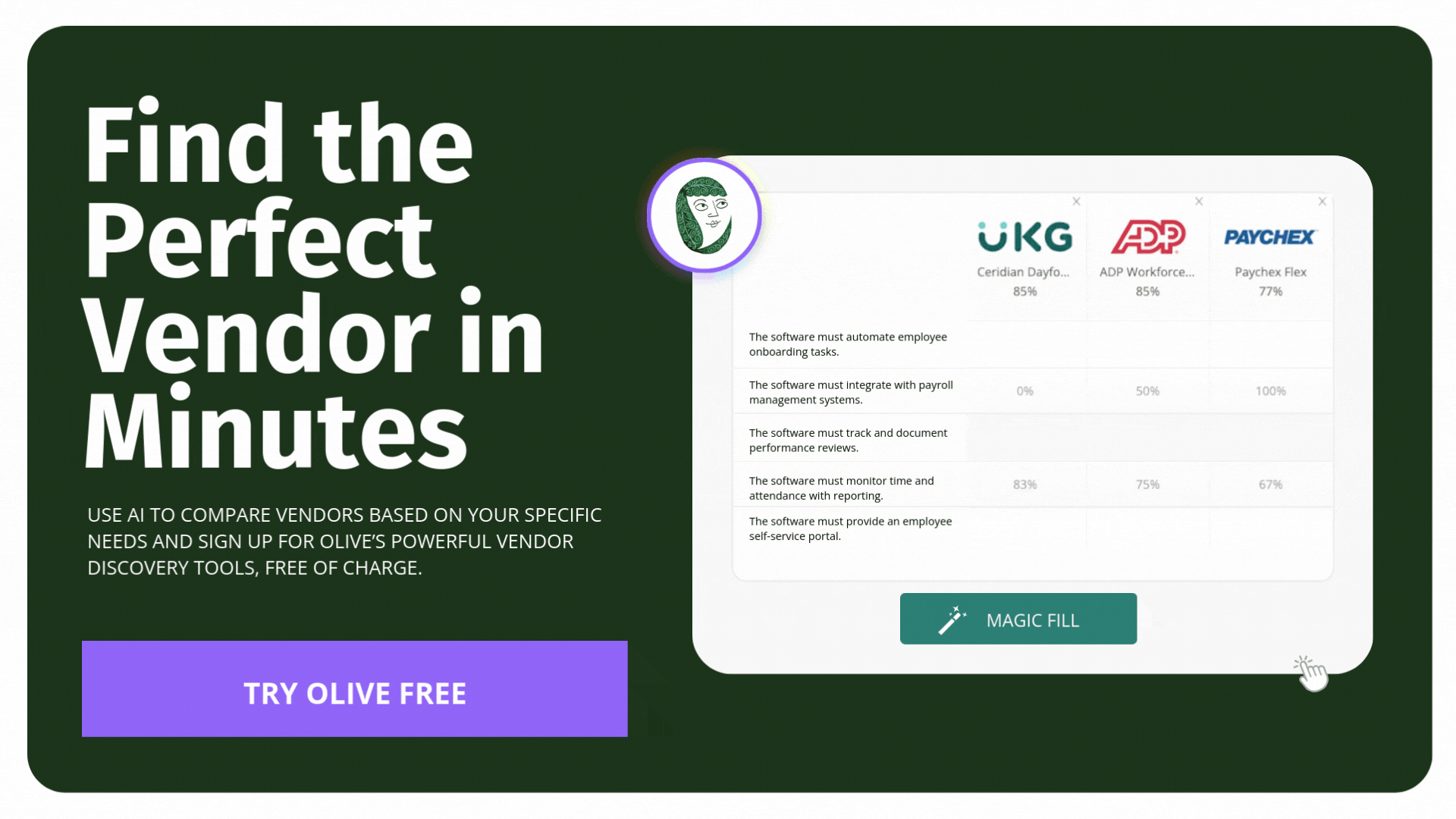Ensuring You Are Ahead of the Curve: Consulting Technology Trends So You Can Stay One Step Ahead of the Competition
In 2025, the consulting landscape will be driven by those firms that are keeping with, and adopting technology trends. For consultants, an industry that has traditionally been very human and services drive, there’s a seismic shift happening. I hear from many consultants we work with how they are focused on “productizing” their service offering. Adopting the right technology is now key to becoming invaluable to clients, automating manual processes, and maximizing your time. This article covers the top technologies that can help you streamline projects, deepen client relationships, and unlock new revenue streams.
1. Client facing AI solutions to productize your offering
AI-driven tools are revolutionizing consulting by empowering consultants to deliver solutions that go beyond traditional advice. With the help of AI, consultants can now provide dynamic, real-time insights and predictive analytics, elevating the client experience. Today, services companies can drive immense value from both a human touch, and technology standpoint. AI enables consultants to automate client onboarding, run discovery, and scale repeatable tasks. This is making operations who adopt it, way more efficient and scalable.
Example Solution: Olive enables consultants to conduct AI-powered project discovery and vendor selection. This streamlines client engagements and helps them build data moats and strategies that enhance their competitive edge.
2. Data Visualization & Analytics Platforms Technology Trends
Modern consulting revolves around data, and clients increasingly expect rock solid stats to back up actionable insights. Visualization platforms make it easier for consultants to turn raw data into understandable, visually engaging dashboards that drive better client decision-making. Advanced platforms integrate seamlessly with custom datasets, enabling consultants to provide targeted insights that meet client needs.
Example Data Visualization & Analytics Platforms: Tableau and Power BI continue to lead in data visualization, while platforms like Looker by Google and Qlik offer robust API integrations, allowing for more tailored data insights from multiple sources.
3. Project Management with Workflow Automation Technology Trends
Project management tools in 2024 are designed to do more than track tasks. Advanced platforms now incorporate workflow automation, allowing consultants to automate routine actions and ensure consistency throughout the project lifecycle. These tools help streamline communication, manage timelines, and automate follow-ups, enabling consultants to focus more on high-value activities and less on administrative tasks.
Example Project Management Platforms: Monday.com and Asana have expanded their automation capabilities, and Notion’s AI-powered templates allow consultants to create custom workflows that align with their unique consulting processes.
4. Cybersecurity-as-a-service (CaaS) Technology Trends
As client data security becomes a growing priority, consultants must ensure their systems and client interactions are secure. Cybersecurity-as-a-Service (CaaS) offers managed security solutions, removing the burden of deep technical expertise. This approach allows consultants to maintain robust data protection without investing heavily in IT infrastructure, ensuring peace of mind for both clients and consultants.
Example CaaS Solution: Arctic Wolf are a CaaS provider that deliver managed security solutions specifically tailored to the consulting industry, simplifying compliance with evolving privacy regulations.
5. Low-Code & No-Code Platforms Technology Trends
The demand for customizable digital solutions is increasing, and consultants often need to deliver quickly without extensive development resources. Low-code and no-code platforms empower consultants to build client-facing tools and automate workflows, even if they lack coding expertise. These platforms provide flexibility, enabling consultants to tailor solutions to client needs without relying on external developers.
Example Low-Code & No-Code Solutions: Bubble and Airtable allow consultants to build client workflows or internal apps efficiently, enabling faster project turnaround and deeper customization.
6. Proposal Software Technology Trends
Creating proposals and responding to RFPs can be time-consuming, but new tools streamline the process, allowing consultants to focus more on strategy than on paperwork. Proposal software provides templates, automated approval workflows, and e-signature options, enabling consultants to deliver professional, organized proposals that stand out to clients.
Example Proposal Software: Tools like PandaDoc, Proposify, and Qwilr offer customizable templates and features like automated approval processes and e-signatures, simplifying proposal management and expediting the approval process.
Conclusion: Productize Your Consulting Service to Stay Ahead in 2025
The future of consulting lies in embracing and integrating the right technology. But only to improve processes but to fundamentally shift how value is delivered to clients. By productizing your services—turning them into scalable, technology-driven offerings—you can enhance efficiency, deepen client engagement, and unlock new revenue streams. The tools highlighted in this article are not just conveniences; they are essential for staying competitive and relevant. Investing in automation, AI-powered insights, data visualization, and secure digital platforms will empower your consultancy to work smarter, tackle more complex projects, and adapt to evolving client expectations. In 2025, staying ahead means rethinking traditional methods and leveraging technology to create repeatable, scalable services that stand out in an increasingly crowded market.
Olive Streamlines RFx Processes, Automates Requirements Management, Project Templates, Solution Comparison, Vendor Management and Due Diligence
Our users have project and requirements templates ready to go in the app. Deploying an evaluation is easy, and our users can speak one to many with Olive’s surveys. Responses are automatically gathered in the app, and you can then give them weight by easily ranking the important ones. Automating these activities limits cross-referencing, speeds collaboration, and saves many hours.
Invite relevant vendors into the platform to respond to the evaluation criteria and your clients’ requirements. Olive’s software makes it a breeze for vendors to respond to the opportunity, so you get the results faster than an RFP. Olive’s agility means this work can begin as soon as your stakeholders start responding to surveys, so if you miss a requirement or need to spend time digging into something specific, the project keeps moving. With this work in motion, you can begin to disregard vendors who don’t meet your client’s needs.







